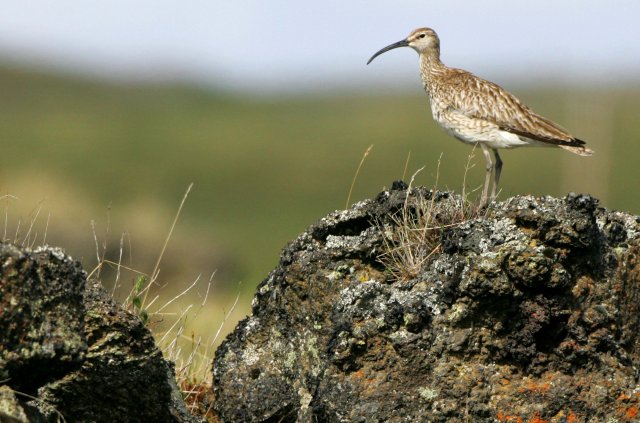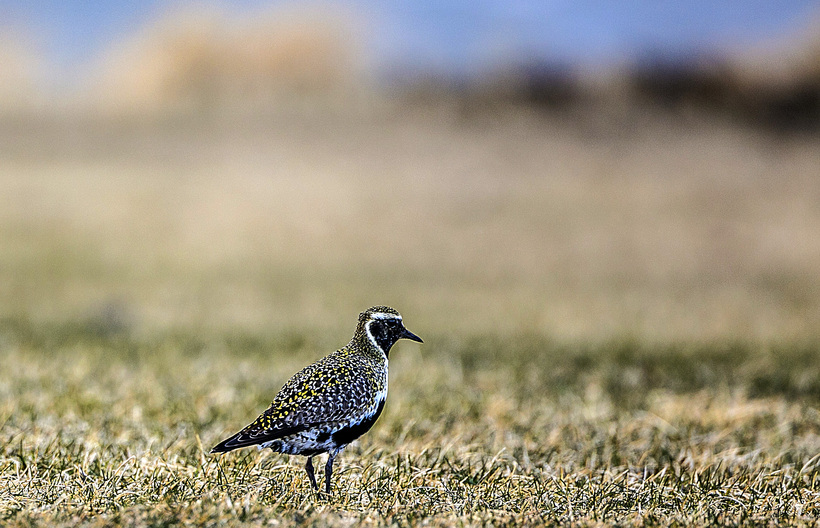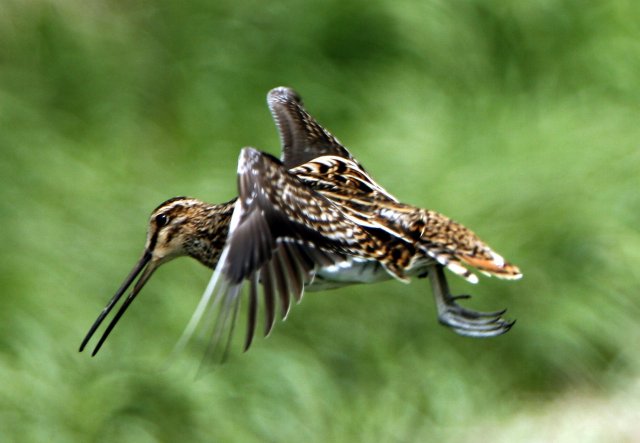"Drastic changes" could occur in bird life
There are indications that there is a considerable decline in the number of common species of waders and shore birds in the South og Iceland. If the trend of recent years continues, these birds could become extremely rare in the countryside in the coming decades.
This is what Tómas Grétar Gunnarsson, an ornithologist at the Research Center of the University of Iceland in the South, says in an interview with mbl.is.
The research center has been monitoring common waders and shore birds in South Iceland since 2011 and in Árnes County since 2016.
Most waders or shorebirds breed in the lowlands, and Southland is one of the largest lowland areas in Iceland.
The number of golden plovers and whimbrels decreases every year
The most common species of waders and shore birds are the Eurasian oystercatcher ( Haematopus ostralegus ); the Eurasian whimbrel ( Numenius phaeopus ); the golden plover ( Pluvialis apricaria ); the redshank ( Tringa totanus ); the dunlin ( Calidris alpina ); the meadow pipit (Anthus pratensis); the common snipe ( Gallinago gallinago ); the black-tailed godwit ( Limosa limosa ); and the redwing ( Turdus iliacus ). A large part of the world population of golden plovers and whimbrels is in Iceland, or around 30-50%.
In a short summary that was published on the research center's Facebook page, it is stated that the number of oystercatchers, golden plovers, whimbrels, redshanks, dunlins and meadow pipit has decreased significantly between years. However, the number of redwings has increased significantly, but measurements of the number of the common snipes and the black-tailed godwit do not show a significant change.
When asked what the explanation for this development is, Gunnarsson says that it is not possible to point to one thing, but it is probably a combination of different factors.
"But it is likely that this reflects habitat and community changes that have occurred in recent decades." We are going from this open living landscape, which has been here for years, to using the land much more. It only happens earlier in the South because we are closer to Reykjavík. There is more effort to add infrastructure, increase the number of holiday homes and the like," he says, explaining that it is at the expense of birdlife.
Could be a rare sight in the South in the coming decades
What can be done to respond to this trend if this is the explanation?
"We somehow need to prioritize where we're going to build summer homes, where we're going to plant forests so that we don't go directly to the best spots where these birds are so that it will somehow be implemented in land use that these birds have a home." "
Are any of these species in danger of extinction?
"We have nothing to predict except the trends we have now. The decline in these species is between 2-5% per year and if we extrapolate it over the next decades, and this trend continues, these birds in the South will become extremely rare in the rural landscape in 30 years. These are drastic changes if they continue like this, but it's not entirely certain."







/frimg/1/57/94/1579405.jpg)

/frimg/1/57/87/1578747.jpg)
